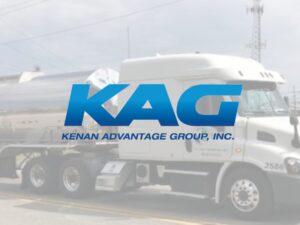The Port of Houston has set another record for container volumes at its terminals, with dwell times doubling as the port wrestles to keep pace.
Total container volume in August reached 382,842 TEU, a 20 per cent increase over the same month last year and an increase of 47,476 TEU over May 2022 – the port’s best month for containers.
Loaded container imports reached 180,132 TEU, a 13 per cent year-on-year increase.
In total, the Port of Houston has handled 2.6 million TEU year-to-date, a 17 per cent increase over last year’s record numbers.
The National Retail Federation’s Global Port Tracker recently reported that the port’s growth is outpacing that of any other major port in the US, as volume import at the port climbed 21 per cent through July and only 4 per cent overall in the country.
“Port Houston is committed to meeting the challenge of historic cargo demand and providing a cost efficient and vital gateway for America’s maritime cargo,” said Roger Guenther, Executive Director at Port Houston.
“We are investing in people and infrastructure to meet our customers’ needs. We are expediting the development of container yard space and wharves and are adding equipment like ship-to-shore cranes and rubber-tyred gantry cranes to maintain efficiency as we expand terminal capacity.”
However, with more import containers coming through the port, dwell times on average have doubled at Bayport and Barbours Cut Terminals – now standing at six days compared to two or three in the past as reported by the port authority.
Port officials said they are exploring an Excessive Dwell Fee leveraged on containers that stay at the terminal longer than the free time outlined in the tariff.
READ: Maersk slashes import container dwell days at key US ports
“We are asking our customers to take advantage of these additional Saturday hours of service, pull your containers quickly, and consider adapting procedures to work with us toward the common end goal of efficiency throughout the supply chain,” said Guenther.
Under the partnership, parties will identify new technology and infrastructure opportunities toward a significant emissions reduction at the port.








